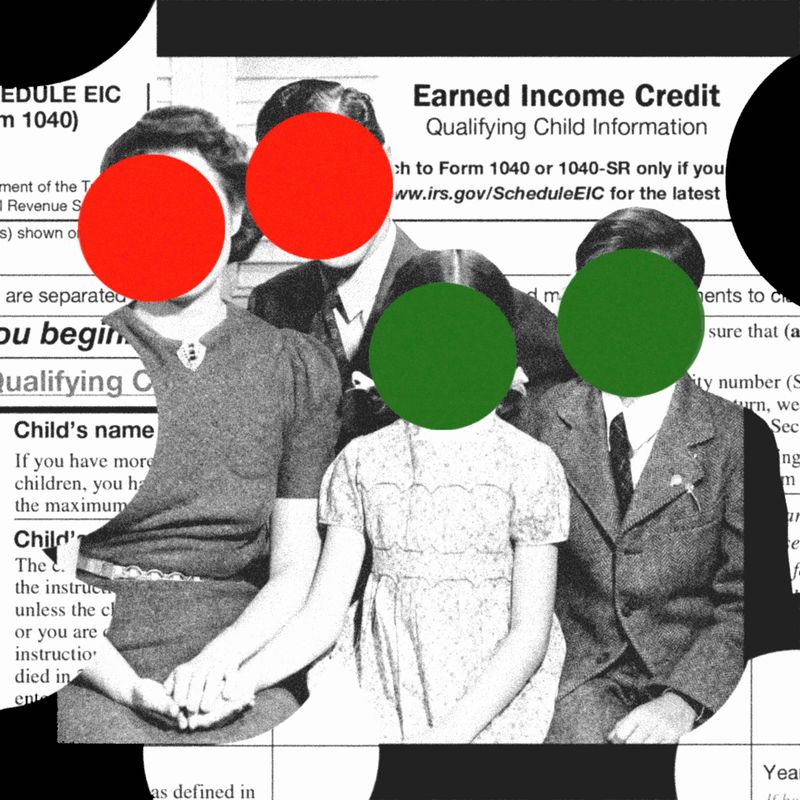
Series: The ProPublica Free Tax Guide
Free, Fact-Checked Tax Information. That's All.
The earned income tax credit (EITC) put an average of $2,043 back in recipients’ hands and helped lift millions of children above the poverty line last year.
Thirty-one million people applied and received the credit last year, according to the IRS. But a fifth of taxpayers who are eligible for the credit still don’t claim it. Here’s what you should know about the earned income tax credit and eligibility.
What Is The Earned Income Tax Credit (EITC)?
Tax credits help reduce how much you owe or can help give you a refund. The earned income tax credit is meant to help working people with low or moderate incomes.
You can receive as much as $6,935 in tax credit, depending on your status. It’s for this reason that the EITC is one of the most popular tax credits, even if it’s one of the least understood.
Who Can Get the EITC?
- Individuals: If you’re filing taxes as a single filer without kids, you must have made $16,480 last year or less to claim the credit.
- Parents: If you have a kid or have taken a young family member into your home, you should see if you qualify for the EITC. See the table below to see income requirements.
How Do I Figure Out if I Qualify for the EITC?
The best way to figure out if you qualify for the EITC is to use the IRS’ EITC Assistant, an easy-to-use online guide that will ask you yes-or-no questions to determine if you’re eligible.
There are a few basic qualifications for the EITC:
- You must have been a U.S. citizen or legal resident all year.
- You must have resided in the U.S., including U.S. military bases, for more than half the year.
- You must have earned income from wages, a salary or a business.
To qualify for the EITC, you must not exceed the earned income limits. For the 2022 tax year, your adjusted gross income cannot be more than:
There are special qualifying rules for U.S. military members and clergy members.
Who is a qualifying child?
If you are claiming a child as part of the EITC, they must be a “qualifying child.” The full IRS guidelines on whether your child is a “qualifying child” are here, but let’s review the basics. Your child must:
- Be your child (including adopted, step and foster children); sibling (including half and stepsiblings); or a descendant of your child or sibling, such as a grandchild, niece or nephew.
- Have been younger than 19 at the end of 2022 or younger than 24 if they’re a full-time student. They also must be younger than you. If they do not meet these age requirements, they must have been permanently disabled at any point in the year.
- Have lived with you in the United States for more than half the year.
- Have a valid Social Security number.
Will I Be Audited if I Claim the EITC?
As ProPublica has reported, people who claim the EITC are audited at a higher rate than those who do not claim it. While you are more likely to be audited if you claim the EITC, the audit rate was still less than 1% in 2019. In the 2021 fiscal year, 38% of audits were of filers who claimed the credit, according to the IRS’ Data Book. Here are some tips for what to do if you’re audited.
One reason for the high rate of audits is that people often claim the credit in error. But also, a decade of budget cuts at the IRS mean there are fewer people to review audit documents. It’s much more expensive for the IRS to audit wealthy taxpayers, and it claims it can’t do so without more funding. That may soon change. The Inflation Reduction Act, passed by Congress in August 2022, will provide the agency with $80 billion over the coming decade, allowing the IRS to increase its audits of the wealthiest Americans.
However, in fiscal year 2022, millionaires were audited at nearly the same rate as EITC recipients, according to TRAC, a nonpartisan, nonprofit data research center.
When Will I Get My Tax Refund?
If you take the credit, by law, the IRS cannot issue your refund before mid-February 2023. However, the IRS says that taxpayers who claim the EITC can expect their refund around Feb. 28 if they’ve filed online, chosen to receive their refund by direct deposit and have no issues with their tax return.
You can always check the status of your return on the IRS’ Where’s My Refund page.
About this guide: ProPublica has reported on the IRS, the Free File program and other tax topics for years. ProPublica’s tax guide is not personalized tax advice. Speak to a tax professional about your specific tax situation.
Kristen Doerer is a reporter in Washington, D.C. Her writing has appeared in PBS NewsHour, The Guardian and The Chronicle of Higher Education, among other places. Follow her on Twitter at @k2doe.





